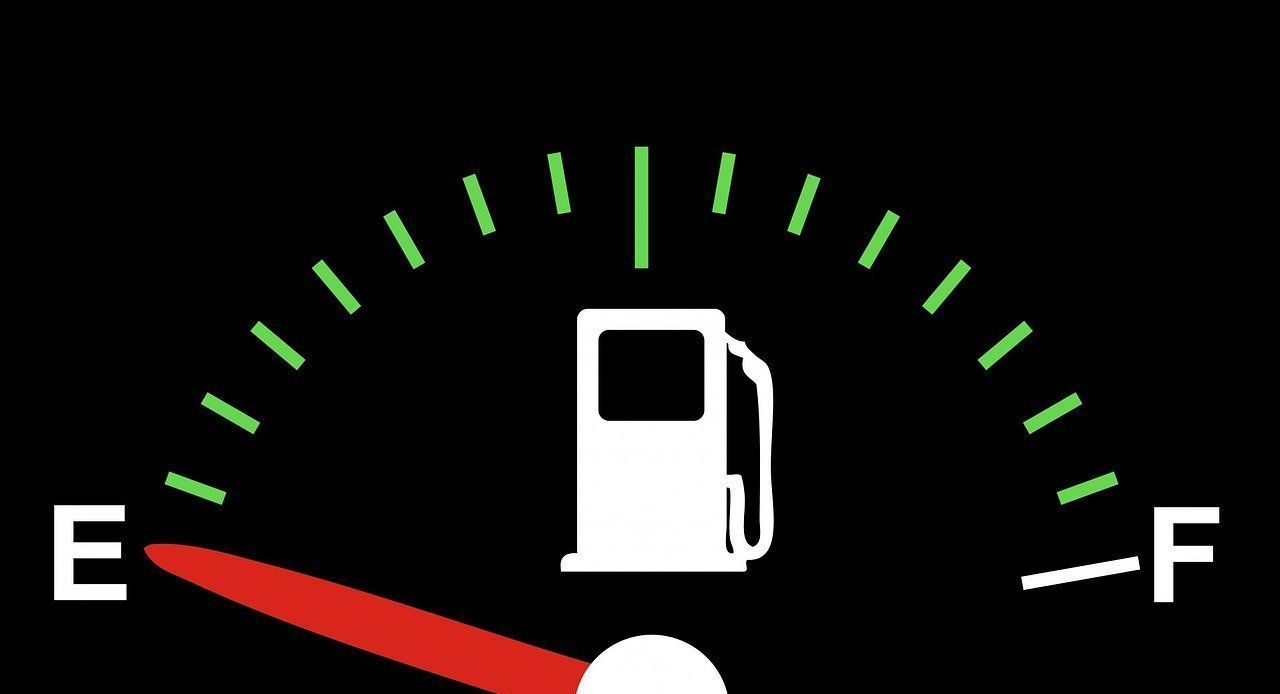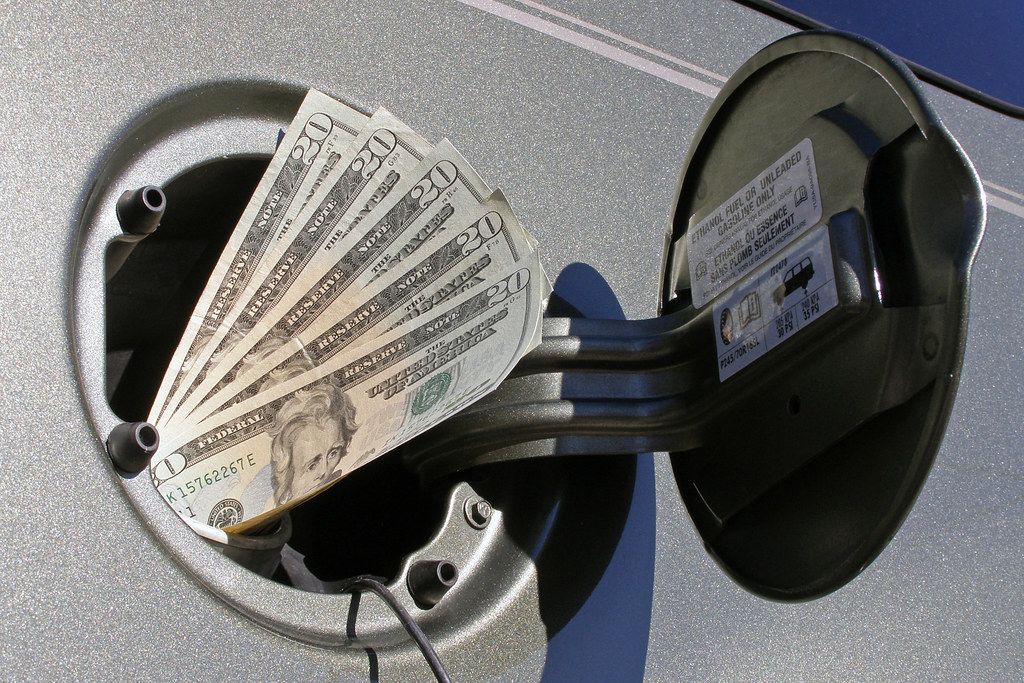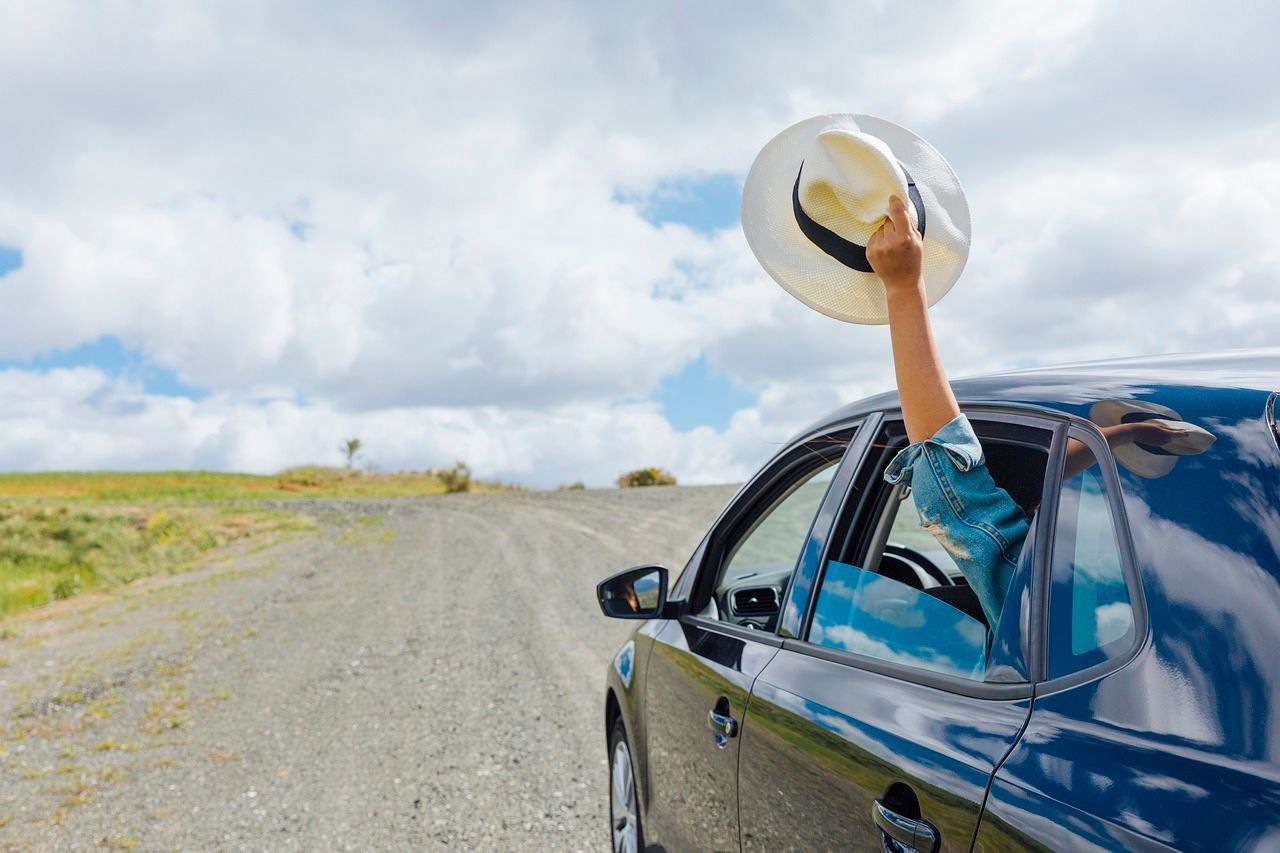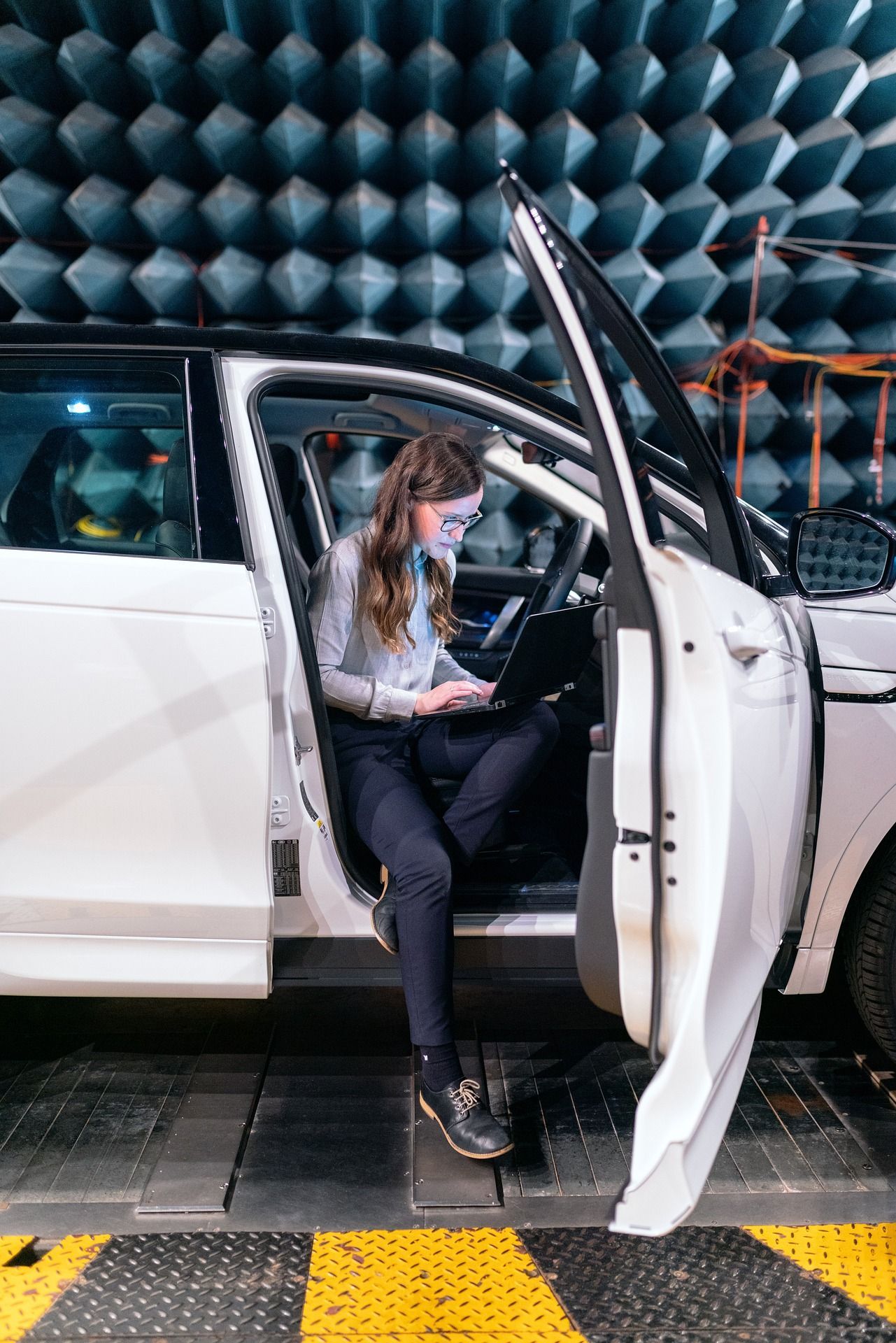Safe Travels for Thanksgiving!
Happy Thanksgiving Everyone! Tomorrow is the big day, and hundreds of thousands of people will be traveling. Either you are already at your destination, or you will be getting there soon. While you are out and about on this holiday safety is key. Here is a list of 15 Best Family Cars for Thanksgiving!
Thanksgiving is one of the few days that American families are guaranteed to be driving , which makes that day the family car’s time to shine .
Last year, AAA projected that 48.7 million Americans would travel 50 miles or more from home for Thanksgiving, an increase of one million travelers compared with the year before. That was the most Thanksgiving travelers since 2007 and was spurred on by an improving economy and gasoline that was $2.16 per gallon.
Roughly 89%, or 43.5 million Americans, planned to drive. That was an increase of 1.9% from the year before, even though gas prices were just $2.05 per gallon they. In fact, gas prices have actually risen somewhat steadily since Thanksgiving 2008, when they were $1.85 per gallon on average.
So how will families get over the river and through the woods to grandmother’s house this Thanksgiving? In vehicles roughly the size of hotel rooms . Cambridge, Mass.-based car research and shopping site CarGurus recently found that parents who have to ferry multiple kids around in sedans are generally less satisfied with their cars than those driving larger minivans and SUVs. Roughly 21% of sedan owners said their car does not meet their family’s needs, while only 7% of both minivan and SUV owners felt the same about their vehicles. Of all the respondents reporting that their current primary car does not meet their families’ driving needs, 62% said it’s because their car is too small.
That would be easy to write off if the numbers didn’t bear it out. During the last year, with gas prices hovering around $2.50 per gallon or less, sales of cars of any size have dropped 1.8%, according to MotorIntelligence. Midsize car sales are down 12.3%, and small car sales are down 9.3% after helping lead automakers out of the recession.
“Cheaper gas prices may push some sales of bigger cars, but with capacity being a main driver in the car purchasing decision, low running costs really just make the decision to buy a car that fits the family’s needs easier,” says Matt Smith, editor at CarGurus. “In the end, this decision is based more on prioritizing space over fuel efficiency.”
The combination of both has made crossover SUVs extremely popular. Sales are up 6.3% year-to-date as drivers with more gas money in their pockets spring for more space. Minivans, meanwhile, have seen sales drop 12.7% as Nissan killed off the Quest and new minivans from Chrysler and Kia found their footing. While minivans still a relatively small portion of the market (they’re little more than 10% the number of crossovers sold during the same period), they outsell all but midsize non-crossover SUVs.
For their part, families are using all of that space. The majority (56%) of parents with middle-school-aged kids report they are driving their kids to and from school or activities at least five days per week. One-in-three middle school parents spends 4 hours or more per week driving their kids around. That’s more than eight days of driving per year, or two round trips from Boston to San Diego.
Remarkably, the majority of those hours aren’t being spent in silence as the child in the back stares at a tablet. Almost half of parents surveyed (45%) said they are most likely to have a conversation with their children about their day while driving in the car as opposed to the dinner table or at their child’s bedtime. In addition, most parents allow their children to eat in the car (78%), read in the car (73%), use mobile devices to play games or watch media online (70%) pr choose the music for the ride (60%).
“We were surprised to see that while bells and whistles are often what’s marketed and advertised, they were not the primary factors in this decision for families,” Smith says. “A small percentage of respondents communicated that these types of features were crucial, with only 12% noting that entertainment technology features like Bluetooth or video screens and 9% stating that convenience features like an automatic tailgate lift were very important factors in their car buying decision.”
However, that’s meant a very slow death for the family sedan. Car sales of any kind are down 10.5% this year, and automakers like General Motors ( GM ) , Mitsubishi and Volkswagen continue to trim sedans from their lineups in favor of crossovers.
“Looking at sales trends, soccer field parking lots and school drop-off lines, it’s clear that families have moved on from the family sedan, and now the modern family car is an SUV,” says Jack R. Nerad, executive editorial director and executive market analyst for Kelley Blue Book. “As SUVs have grown more comfortable and fuel efficient over the years, car shoppers have demonstrated an increasing preference for the elevated driving position, superior cargo versatility and higher profile of SUVs, which make them more functional as family cars than traditional sedans.”
Families want safety, cargo capacity and fuel economy — and they want them all at a reasonable price. With that in mind, we consulted automotive research and shopping sites Edmunds and Kelley Blue Book and came up with the Top 15 family cars available around this Thanksgiving holiday:
Starting price: $36,620
Combined miles per gallon equivalent: 119
Electric charge range: 238 miles
Cargo capacity: 16.9 cubic feet
Forget the Chevrolet Spark or Volt: This vehicle is GM’s first serious swipe at Tesla.
With 200 horsepower, fast-charging capability, satellite radio, OnStar information and communications with 4G Wi-Fi, automatic climate control, remote liftgate release and an 8-inch passenger information system, the Bolt is built as if it wants to attack Tesla’s Model 3 head-on. However, with safety features like lane departure and collision sensors extra and with cargo volume restricted to 16.9 cubic feet with the seats up, the Bolt is leaning heavily on that range — which still falls short of the more powerful Model S.

Starting price: $16,100
Combined miles per gallon: 28.5
Cargo capacity: 18.8 cubic feet with all seats up, 49.5 maximum
This wasn’t such a great family car in its early years, when it basically looked like every other boxy neo surf wagon on the street. That’s why why Kia gave the Soul a character-altering overhaul this year that made it look like a wagon, dropped horsepower down from 138 to 130 and modestly improved mileage (27.5 mpg combined). It still has nearly 50 cubic feet of total cargo space, but don’t let the subcompact price fool you. With high output headlights, LED taillights, heated and ventilated seats, pushbutton starter and the 8-inch touchscreen UVO information and entertainment system, the Soul offers lots of perks at relatively low cost.
Mazda CX-5

Combined miles per gallon: 27.5
Cargo capacity: 30.9 cubic feet with all seats up, 59.6 maximum
Mazda sells fewer than 300,000 cars here, which means most major automakers’ midsize sedans outsell the entire Mazda line. However, its crossovers saw sales increase this year with help from this sporty little SUV.
Under the hood is a 4-cylinder, 155-horsepower engine whose 30.5 combined mpg are every bit befitting a lightweight compact. However, it’s the CX-5’s in-car features that do the heavy lifting. The CX-5 is teeming with wheel-mounted controls, Bluetooth hands-free phone and audio streaming, HD radio, Pandora Internet radio and navigation system, pushbutton starter and three power outlets. The ample rear seating and up to 65.4 cubic feet of cargo space with the seats down aren’t exactly throwaways, either.

Starting price: $47,215
Combined miles per gallon: 19.5
Cargo capacity: 15.3 cubic feet with all the seats up, 94.7 maximum
Families really don’t care how much Wi-Fi you put into a car this large. They don’t care that you can fit nine people in it and that stability features make it far safer than the trucked-up SUVs of yore. Even if they have a camper or a boat, that towing capacity can now be found in cheaper, more efficient cars. That said, the 15% increase in sales of large SUVs like this one since last year shows that families care about the total package. If this apartment on wheels can do it all, they’re going to take it.
Starting price: $25,836
Combined miles per gallon: 24
Cargo capacity: 38.4 cubic feet with all seats up, 148.5 maximum
Its versatile cabin seats up to eight, with second-row seats that can be configured to fit three child seats. The Odyssey’s removable center console offers a useful flip-up trash-bag holder, and there’s also a “cool box” beverage cooler to accommodate chilled refreshments. Best of all, an in-cabin vacuum is an available option for parents who just know that a healthy percentage of that trip’s road snacks are going to end up on the floor.
Starting price: $24,510
Combined miles per gallon: 29
Cargo capacity: 22.3 cubic feet with all seats up, 51.9 maximum
It’s hard to believe that it’s been four years since Subaru introduced the last link to its wagon-shaped past, but the former Crosstrek XV has come a long way. Sure, the four-cylinder engine still seems a bit undernourished at 170-horsepower. Sure, the Starlink multimedia system and its four speakers still leave much to be desired. But there’s 55 cubic feet of total cargo space (though just 20 with the seats up), its mileage sits at a noteworthy 29 mpg combined and all-wheel drive remains standard. Even by just giving folks an easier interface for their smartphones and slightly more room to breathe, Subaru made some much-needed upgrades to a vehicle begging for them.
Starting price: $44,625
Combined miles per gallon: 27.5
Cargo capacity: 13.8 cubic feet with all seats up, 83.2 maximum
This Camry-based crossover helped kill the lumbering conventional SUV when it was introduced little more than a decade ago and continues to trim the fat, especially in hybrid form. That mileage complements features like a panoramic moonroof, power liftgate, three-zone climate control and backup camera without sacrificing the Highlander’s 94 cubic feet of storage space or three rows of seating. the NHTSA and IIHS both give it their highest safety ratings for good reason: This seven-seater is an absolute tank.
Starting price: $28,595
Combined miles per gallon: 23
Cargo capacity: 32.3 cubic feet with all seats up, 140.5 maximum
Death to the Town & Country. Chrysler is really gunning for the whole “luxury minivan” angle here by offering features like leather seats, a three-panel sunroof and noise cancellation. At it’s core, though, this is still a family hauler: Stow-and-Go seats that fold into the floor, electronic safety features, handless sliding doors, an available vacuum, 3,600 pounds of towing capacity and a whole lot of interior cargo room leave us wondering why the minivan hasn’t performed better as a category this year.
Starting price: $28,850
Combined miles per gallon: 23
Cargo capacity: 39.1 cubic feet with all seats up, 150 maximum
It’s terrible mileage, but great space. Toyota’s Sienna uses an upright folding seat in the second row to squeeze in as many as eight passengers and its entire second row slides up to allow third-row access. With power sliding doors, keyless entry, power liftgate in the back, second, row climate controls, a sliding center console, panoramic moon roof, backup cameras and Entune entertainment and information system all available, the Sienna is keeping the heat on its rival Honda Odyssey.
Starting price: $29,990
Combined miles per gallon: 23.5
Cargo capacity: 18.5 cubic feet with all seats up, 109 maximum
This is why the standard SUV is shrinking into a nice: Lots of space, terrible mileage. The Pilot got huge upgrade for 2016 because the 2015 version was even more terrible. The folks at Honda’s plant in Lincoln, Ala., trimmed 300 pounds off its frame between generations, brought combined mileage up from 20 mpg and maintained 27.5 inches of legroom in the back and 4.5 inches of headroom. It’s spacious, if still a bit sluggish.
Starting price:
$19,215
Combined miles per gallon:
31.5
Cargo capacity:
23.2 to 24.3 cubic feet with all the seats up, 55.9 to 58.8 maximum
This small crossover comes with LED brake lights, heated side mirrors, the HondaLink app suite, a 7-inch touchscreen entertainment and communications center, voice texting, wheel-mounted controls, multi-angle rearview camera and options including a power moonroof, heated seats and automatic climate control. It isn’t the biggest wagon out there, but it’s a nice middle ground between the CR-V and the subcompact Fit.
Starting price:
$19,215
Combined miles per gallon:
29.5
Cargo capacity:
37.2 cubic feet with all the seats up, 70.9 maximum
Hail to the king. We end up writing about this car and its competitors, the Ford ( F
) Escape and Toyota RAV4, for the same reason station wagons received a lot of press in the ’70s, minivans soaked up a whole lot of ink in the ’80s and far larger SUVs garnered attention in the ’90s… they’re the family cars for their time. They’re the top-selling crossovers in a fast-growing category, and the CR-V’s cargo space and amenities like a leather interior, moonroof, Pandora-connected information display, heated seats and rearview windows and navigation system with controls mounted on the steering wheel have kept it ahead of the pack.
Starting price:
$26,400
Combined miles per gallon:
21.5
Cargo capacity:
33.9 cubic feet with all the seats up, 142 maximum
This minivan entered the U.S. market in SUV-flooded 2002 was bold, but received a far better-timed makeover in 2015. After making the exterior look a bit meaner, giving the Sedona xenon headlights, LED taillights and accents, Sirius-XM satellite radio, a touchscreen information and entertainment system, Bluetooth, steering-wheel-mounted controls and a backup warning system, sales jumped quickly. Its cargo space and mileage still trail the category’s leaders, but Kia’s gamble is paying off.
Starting price:
$29,830
Combined miles per gallon:
23.5
Starting price: $19,215
Combined miles per gallon: 31.5
Cargo capacity: 23.2 to 24.3 cubic feet with all the seats up, 55.9 to 58.8 maximum
This small crossover comes with LED brake lights, heated side mirrors, the HondaLink app suite, a 7-inch touchscreen entertainment and communications center, voice texting, wheel-mounted controls, multi-angle rearview camera and options including a power moonroof, heated seats and automatic climate control. It isn’t the biggest wagon out there, but it’s a nice middle ground between the CR-V and the subcompact Fit.
Starting price: $19,215
Combined miles per gallon: 29.5
Cargo capacity: 37.2 cubic feet with all the seats up, 70.9 maximum
Hail to the king. We end up writing about this car and its competitors, the Ford ( F ) Escape and Toyota RAV4, for the same reason station wagons received a lot of press in the ’70s, minivans soaked up a whole lot of ink in the ’80s and far larger SUVs garnered attention in the ’90s… they’re the family cars for their time. They’re the top-selling crossovers in a fast-growing category, and the CR-V’s cargo space and amenities like a leather interior, moonroof, Pandora-connected information display, heated seats and rearview windows and navigation system with controls mounted on the steering wheel have kept it ahead of the pack.
Starting price: $26,400
Combined miles per gallon: 21.5
Cargo capacity: 33.9 cubic feet with all the seats up, 142 maximum
This minivan entered the U.S. market in SUV-flooded 2002 was bold, but received a far better-timed makeover in 2015. After making the exterior look a bit meaner, giving the Sedona xenon headlights, LED taillights and accents, Sirius-XM satellite radio, a touchscreen information and entertainment system, Bluetooth, steering-wheel-mounted controls and a backup warning system, sales jumped quickly. Its cargo space and mileage still trail the category’s leaders, but Kia’s gamble is paying off.
Starting price: $29,830
Combined miles per gallon: 23.5






















